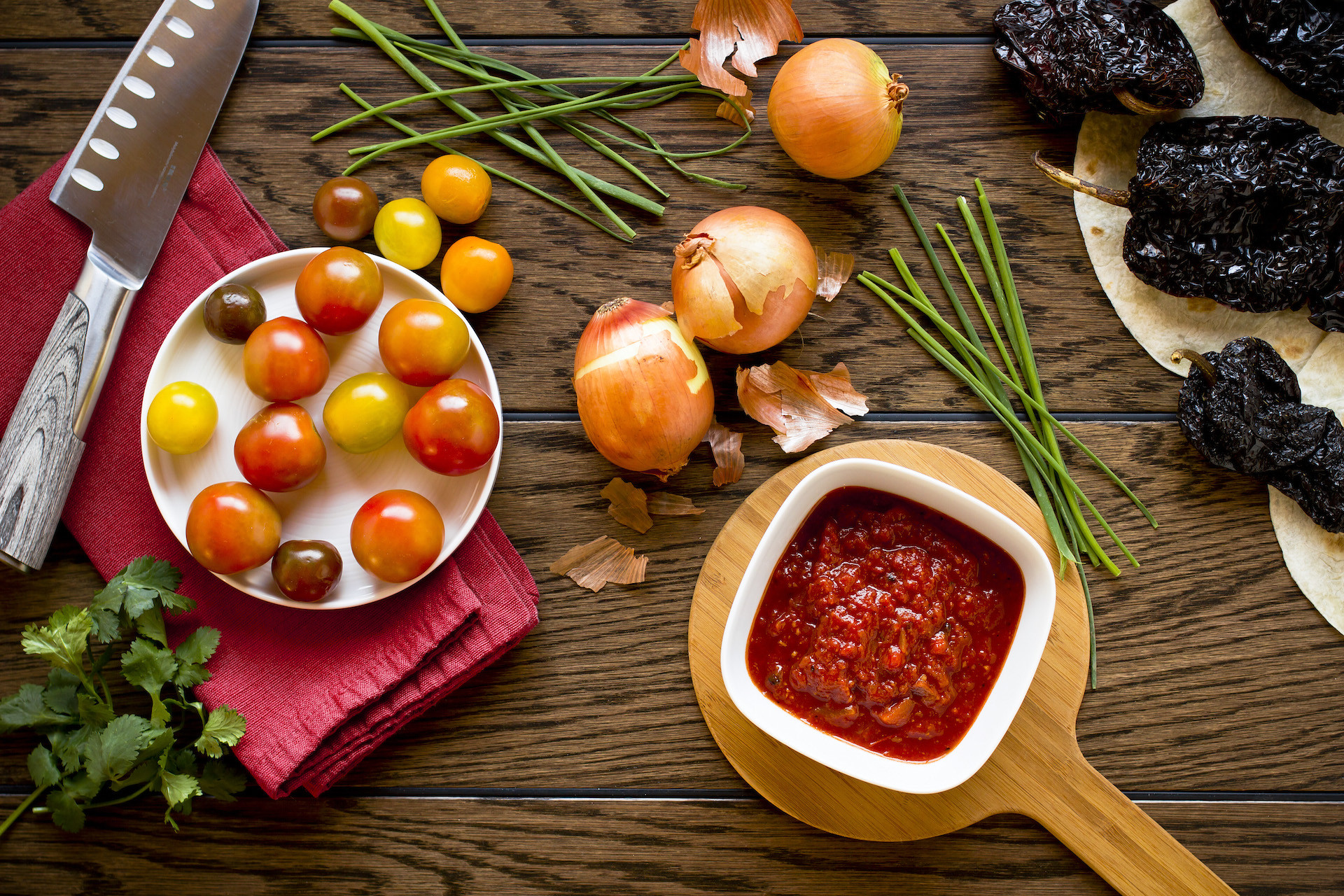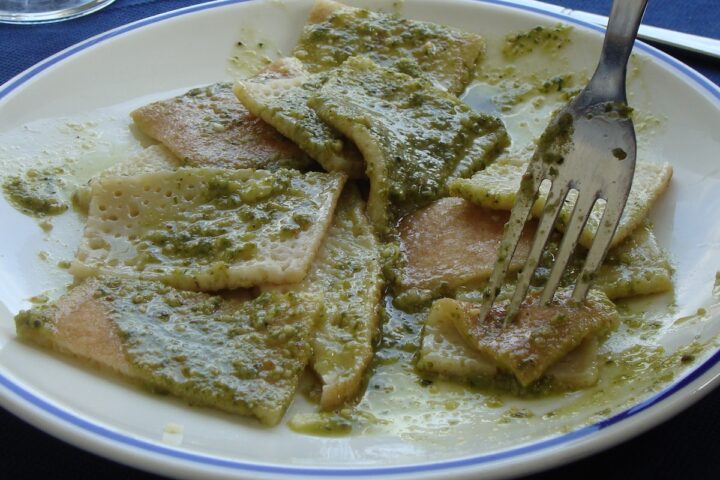Source: Jeremy Jenum’s photo _by Flickr_CC BY 2.0
Read along to find what part of a food review earns the trust of the reader. Understand what you will need to incorporate into a food review written by you.
As social media, the food industry and the tourism industry all flourish hand-in-hand, it becomes increasingly obvious that food reviews aren’t going to die down anytime soon. There are tons of food bloggers, critics, and reviewers on the internet today who regularly make visits to different food joints to taste and review new dishes and techniques. There is no lack of food reviews. But there is a lack of good food reviews.
With this advent in food reviewing, one often wonders if they can wholeheartedly trust a review, they are reading about online which is written they know almost nothing about. They themselves haven’t gone to this place the food reviewer is talking about. Then, how can they trust this person? This doubt can come in the way of a blogger who wants to make it big on social media or just talk about good food places in general. How should one deal with it? By writing a very trustworthy food review!
Details, details, and details
A survey conducted by Yelp shows that a majority of people (77%) admit that they have been reading more online reviews now than they ever read before and almost all of them read at least five reviews to stay informed about spending decisions.
With such results, it becomes important that creators pay utmost heed to whatever they are telling their audience. The first thing to remember while writing a food review is that you need to make it as detailed as possible.
A little more detailing on the writer’s end can go a long way. Different people look for different kinds of things when they are going out to eat. So, when you provide a detailed review of the food you are writing about, you are making it easier for the readers to learn more about the dish’s texture, flavour, and even, about the place they are eating it at. The writing style is a very strong fact to consider here.
Objectivity
Like mentioned earlier, different readers will look for different answers in the reviews. In order to write a review which satisfies the curiosity of all sorts of people, the writer has to have an open-minded approach and write about both the good and the bad. This is also defined by the writer’s ability to acknowledge the preference of everyone and not condemn anyone’s taste.
To do so, keep in mind that reviewing something and having one bad experience doesn’t make it a bad dish. There’s always the possibility that something went wrong the first time you had it. Consistency is key and you will have to avoid generalization. Take your time to understand any dish you have and then, review it.
Context
It has been found that readers often look for reviews by looking at the web profile of a reviewer in order to assess his/her expertise about the culinary arts. So, while it isn’t compulsory to be an expert in cooking all sorts of cultures, being knowledgeable and knowing what you are writing about is also going to work wonders for your blog. A study showed that very extreme reviews aren’t liked either (five-star or one-star rated articles).
They also like it better when the food blogger has already delivered true and honest reviews before. And most readers trust negative reviews more than positive ones- this means that you will have to write very well if you want people to trust your review regardless of whether it is a negative or a positive review.
Transparency
Majority of the people corresponding with Yelp’s survey say that they trust local businesses and the reviews they write more. This majority forms 83% of the total count and this happens because they understand how the review has been written. This helps them realize which reviews are more trustworthy than the others and maintains transparency.
If the reviewer has a connection with the restaurant or if they got the food as a gift or commission, the information regarding this needs to be disclosed to the readers. If the food item has evolved over time or if it has some symbolical meaning connected to it, the readers should get to know about it. Doing so builds up trust between the food reviewer and the readers.
For better and more responsible reviews on the net, it also becomes important that the readers also report information which is false. Many people (34%) tend to ignore a potentially fake review and very less (27%) take the time to report it. 49% of the readers just move on to other reviews for more info. This isn’t right, though. Once the percentage of people who report fake reviews increases, bloggers will automatically start being honest for fear of being reported by the readers And this will directly translate to trustworthy and good food reviews in the future.
Resources
- Yelp – Official Blog, & Yelp Editorial Team. (2022, November 30). Survey reveals what makes reviews trustworthy to consumers. Yelp – Official Blog; Yelp – Official Blog. https://blog.yelp.com/news/survey-reveals-what-makes-reviews-trustworthy-to-consumers/
- Ever Wonder How Food Reviews are Written? A Complete Guide. (2021). 937delivers.com. https://937delivers.com/How-Food-Reviews-are-Written
- Sci-Hub | What makes an online consumer review trustworthy? Annals of Tourism Research, 58, 46–64 | 10.1016/j.annals.2015.12.019. (2015). Sci-Hub.se. https://sci-hub.se/10.1016/j.annals.2015.12.019















